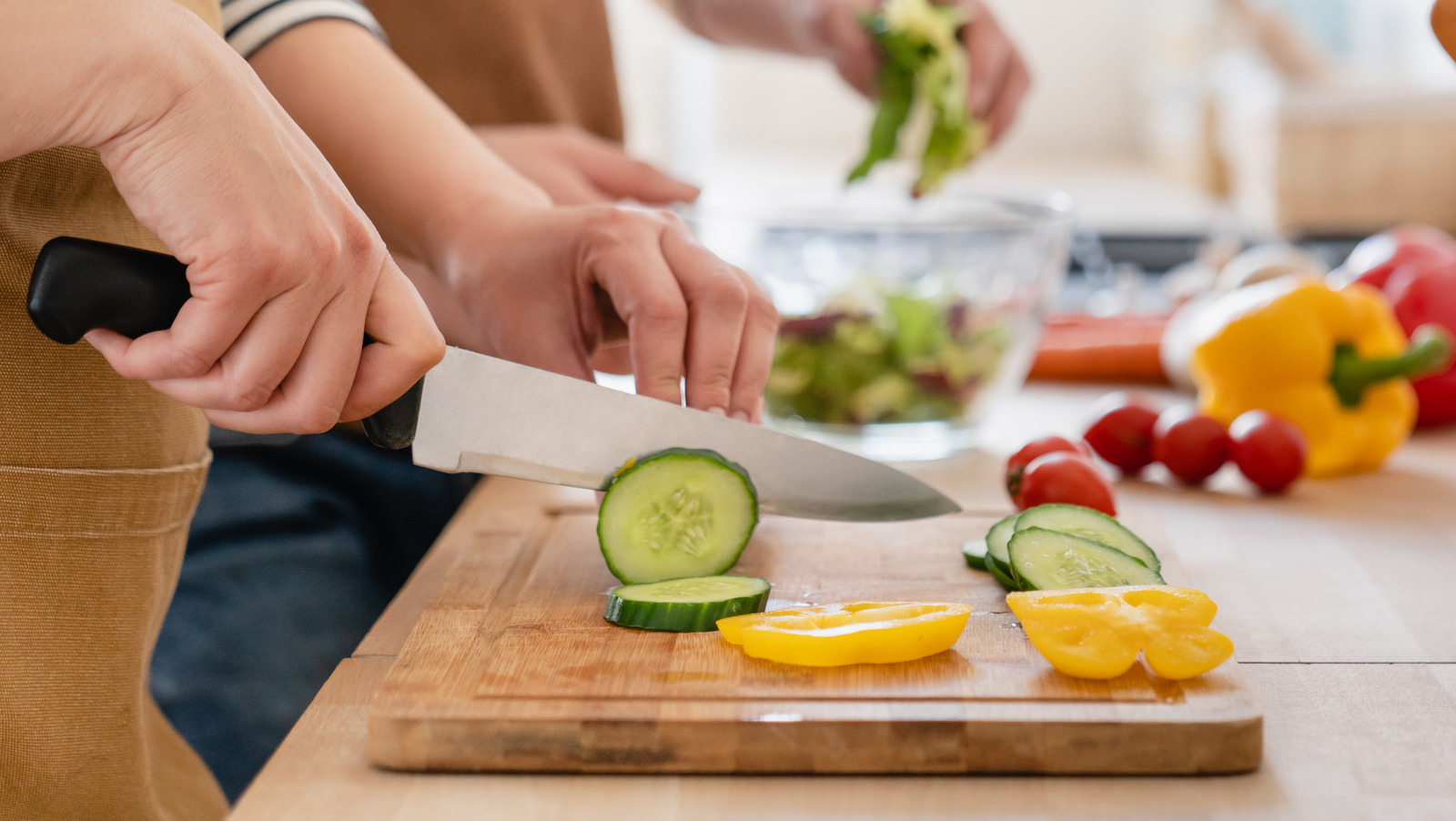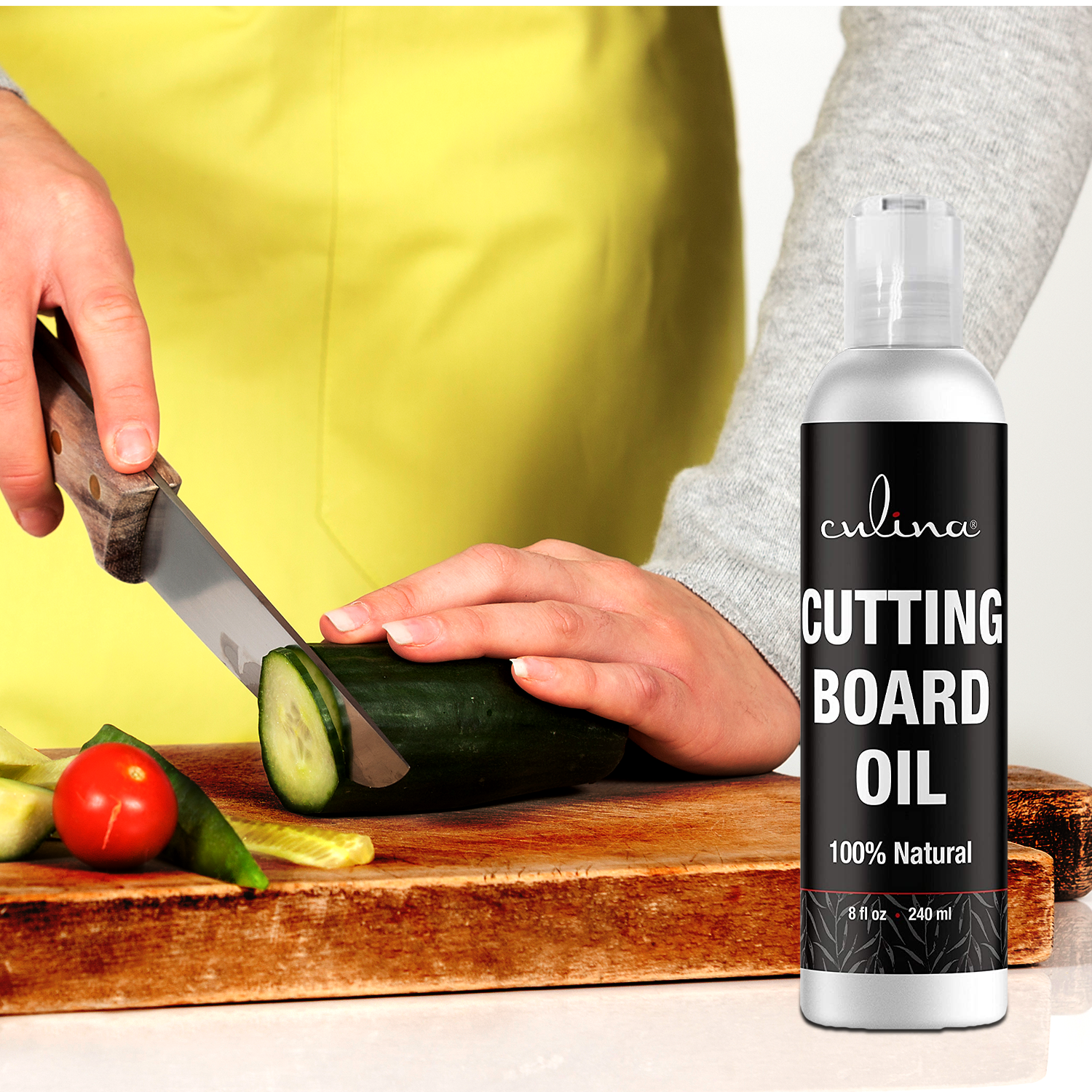Choosing the right cutting board is an essential decision for kitchen professionals and home cooks alike. It impacts not only the quality of food preparation but also kitchen safety. Today, we delve into the question: what type of cutting board is safest?

Why Cutting Board Safety Matters
Certain materials can harbor bacteria, affect knife performance, and even cause cross-contamination. Therefore, understanding these aspects helps ensure a safer culinary environment.

Understanding Different Materials
Plastic Cutting Boards
Plastic cutting boards are a popular option due to their cost-effectiveness and convenience. However, knowing when to clean and sanitize them can be crucial to avoid bacterial growth.
Wood Cutting Boards
Wood cutting boards are known for their durability and ability to self-heal from knife scars. Proper maintenance, such as learning how to seal them, extends their lifespan and enhances safety.
Bamboo Cutting Boards
Bamboo cutting boards are sustainable and less prone to bacteria compared to other materials. Their natural properties make them an eco-friendly and safe choice.

Factors to Consider
Durability
A durable cutting board ensures longevity and fewer knife scars, which means fewer grooves where bacteria can hide.
Ease of Cleaning
Ease of cleaning is crucial in preventing bacterial contamination. Plastic boards are dishwasher safe, while wood and bamboo need hand washing.
Effect on Knives
The effect on knives varies across materials. Soft woods are gentler on knives compared to harder materials like bamboo or plastic.
Environment-Friendliness
For those concerned about sustainability, bamboo and wood are excellent choices due to their renewable nature.
Price and Availability
Price and availability are practical considerations. Plastic cutting boards are usually more affordable and widely available.
Expert Opinions
Experts often recommend using multiple cutting boards for different foods to prevent cross-contamination. For instance, using separate boards for meats, vegetables, and bread.
User Reviews
Many users prefer wood for its aesthetic appeal and durability, while plastic is favored for its affordability and ease of cleaning.
Comparative Analysis
Comparing plastic, wood, and bamboo cutting boards across safety, durability, ease of cleaning, knife impact, and environmental impact provides a comprehensive understanding of their pros and cons.
Maintaining Cutting Boards for Safety
Regular maintenance, including cleaning and drying thoroughly, is vital in ensuring the cutting board stays safe to use. Learn how to make a live edge cutting board as an engaging project to improve safety.
Common Mistakes
Common mistakes include not maintaining cleanliness and using the same board for all foods, which increases the risk of cross-contamination.
FAQs
Which material is the safest for a cutting board?
Both wood and bamboo are considered safe when properly maintained.
Should I use different cutting boards for different foods?
Yes, this helps prevent cross-contamination.
How often should cutting boards be replaced?
Replace cutting boards once they show deep grooves or significant wear.
Conclusion
The safest cutting board depends on various factors like ease of cleaning, durability, and material properties. They all have their benefits and come down to personal needs and preferences. More information on the proper usage of cutting boards can be found here.
As an Amazon Associate, I earn from qualifying purchases.

